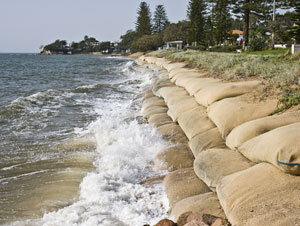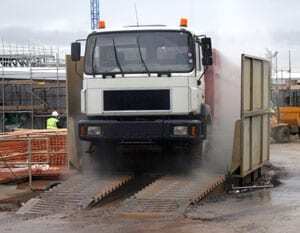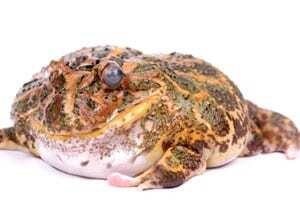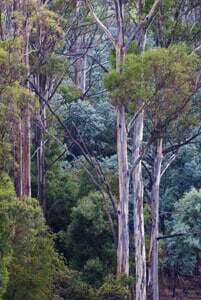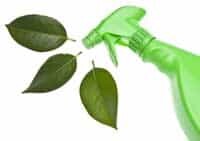Envirosafe Solutions considers the natural process of coastal erosion in light of global warming and a subsequent rise in extreme weather patterns and processes. The impact of extreme weather on coastal habitation in Australia is here. What does it really means to specific communities along Australia’s shoreline?
Coastal erosion is nothing new. According to OzCoast, the Australian Government’s online coastal information site, coastal and beach deposits are “dynamic sedimentary systems that experience a natural phasing of erosion and accretion that operate over a range of time intervals.”[1] Here in Australia, we are coast-huggers. We live and play and work predominantly along the coast, and have developed a coastal lifestyle that has largely assumed a kind of stasis when it comes to fixed habitation and coastal development.
Of most concern is the newly considered relationship between coastal development and climate change in relation to global warming. An increase in the frequency of major coastal storms or a rise in relative sea-level can in fact speed up or accelerate coastal erosion, as well as triggering the wearing away of dunes immediately behind a beachfront. Along the coast of Australia at present, various urbanized areas are under threat, with scientists pointing to a distinct relationship between current coastal erosion hotspots and the projected sea level rises and extreme weather associated with a heating planet.[2]
The battle over what to do about coastal erosion has reached crisis point in Byron Bay on the NSW far north coast, with lawyers for a number of Byron Bay residents actively challenging Byron Shire Council so that residents can deal with the erosion issue along The Belongil Spit. Currently The Byron Shire Council has a policy preventing waterfront homeowners from building walls to stop erosion.[3] Residents of the shire however, believe the recent link between increased erosion and global warming gives them more leeway to erect coastal walls that will protect their properties from what they perceive as the fallout from global warming.
According to The Stern Report, Australia is one of the most vulnerable countries in relation to the effects of global warming and “strategies for mitigation and adaptation must be put in effect to safeguard its future.” [4]
Across the continent in Western Australia, particular coastal erosion hotspots that are of concern are located in the local government areas of Busselton, Mandurah, Rockingham and Bunbury and have the highest level of risk, collectively representing over 60% of residential buildings at risk in WA. In Busselton alone, “Between 7,900 and 8,700 residential buildings in the local government area may be affected by sea-level rise by 2100.”[5]
Envirosafe Solutions has long supported the use and adoption of environmentally sound business and domestic practices that can help to slow the increase in greenhouse gas emissions and global warming. Clear, sound and eco-friendly habits and practices on the personal and business level can help to serve and respect our environment. For more information on the Extreme Green range of environmentally friendly liquid products produced by Envirosafe Solutions, call 1300 889070.
[2] www.environment.nsw.gov.au/coasts/coastalerosionmgmt.htm
[3] http://www.abc.net.au/news/stories/2010/05/28/2911712.htm
[4] http://www.aph.gov.au/library/pubs/climatechange/governance/foreign/stern.htm








